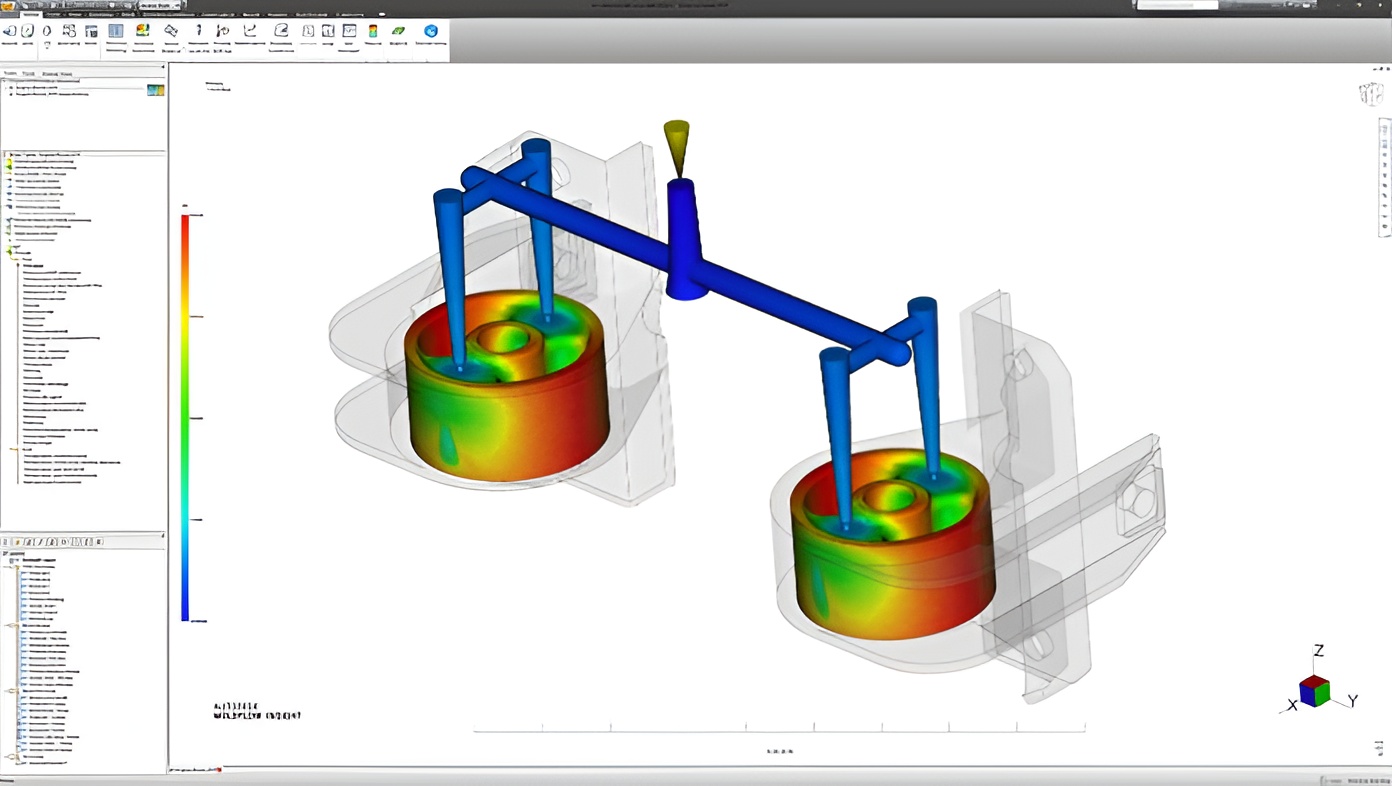Optosem support Mold Flow Analysis to customer upon request. Mold flow analysis (MFA) is a crucial tool in the field of mold design optimization. It involves simulating the flow of molten plastic material inside a mold cavity during the injection molding process. By utilizing specialized software, engineers can predict and visualize how the molten plastic will behave under various conditions, allowing them to optimize the design of the mold for better performance and efficiency.
Here's how MFA is applied to mold design optimization:
1. Identifying Potential Issues: Mold flow analysis helps engineers identify potential problems in the mold design before manufacturing begins. This includes issues such as air traps, weld lines, shrinkage, warpage, and uneven filling of the mold cavity. By spotting these issues early on, engineers can make necessary adjustments to the mold design to prevent defects in the final product.
2. Optimizing Gate Locations: The location and size of the gate (the point where molten plastic enters the mold cavity) have a significant impact on the flow of plastic within the mold. MFA allows engineers to experiment with different gate locations and sizes virtually to optimize the filling pattern, minimize pressure drop, and reduce cycle time.
3. Balancing Runner Systems: In multi-cavity molds, it's essential to ensure that each cavity fills uniformly to produce consistent parts. MFA helps in balancing the runner system by adjusting the size and layout of runners and gates. This ensures that each cavity receives an equal amount of molten plastic, reducing variations in part quality.
4. Cooling System Design: Efficient cooling is critical for maintaining cycle times and controlling part quality. MFA can analyze the cooling process within the mold, predicting temperature distribution, cooling rates, and potential hot spots. Engineers can then optimize the design of cooling channels to achieve uniform cooling and minimize cycle times.
5. Material Selection: Mold flow analysis can assist in selecting the appropriate material for the injection molding process. By simulating how different materials flow and behave during molding, engineers can choose materials that meet performance requirements while optimizing processing parameters such as melt temperature and injection pressure.
6. Predicting Warpage and Shrinkage: MFA provides insights into how the molded part will deform and shrink as it cools down. This helps engineers anticipate potential warpage issues and take preventive measures such as adjusting part geometry, optimizing gate locations, or modifying the cooling system to minimize distortions in the final product.
7. Iterative Design Improvement: Mold flow analysis is an iterative process where engineers can make design modifications based on simulation results to achieve the desired outcomes. By repeating simulations with different parameters, engineers can gradually refine the mold design until it meets all performance and quality criteria.
Overall, mold flow analysis plays a vital role in mold design optimization by providing valuable insights into the injection molding process, allowing engineers to make informed decisions and create molds that produce high-quality parts efficiently.
